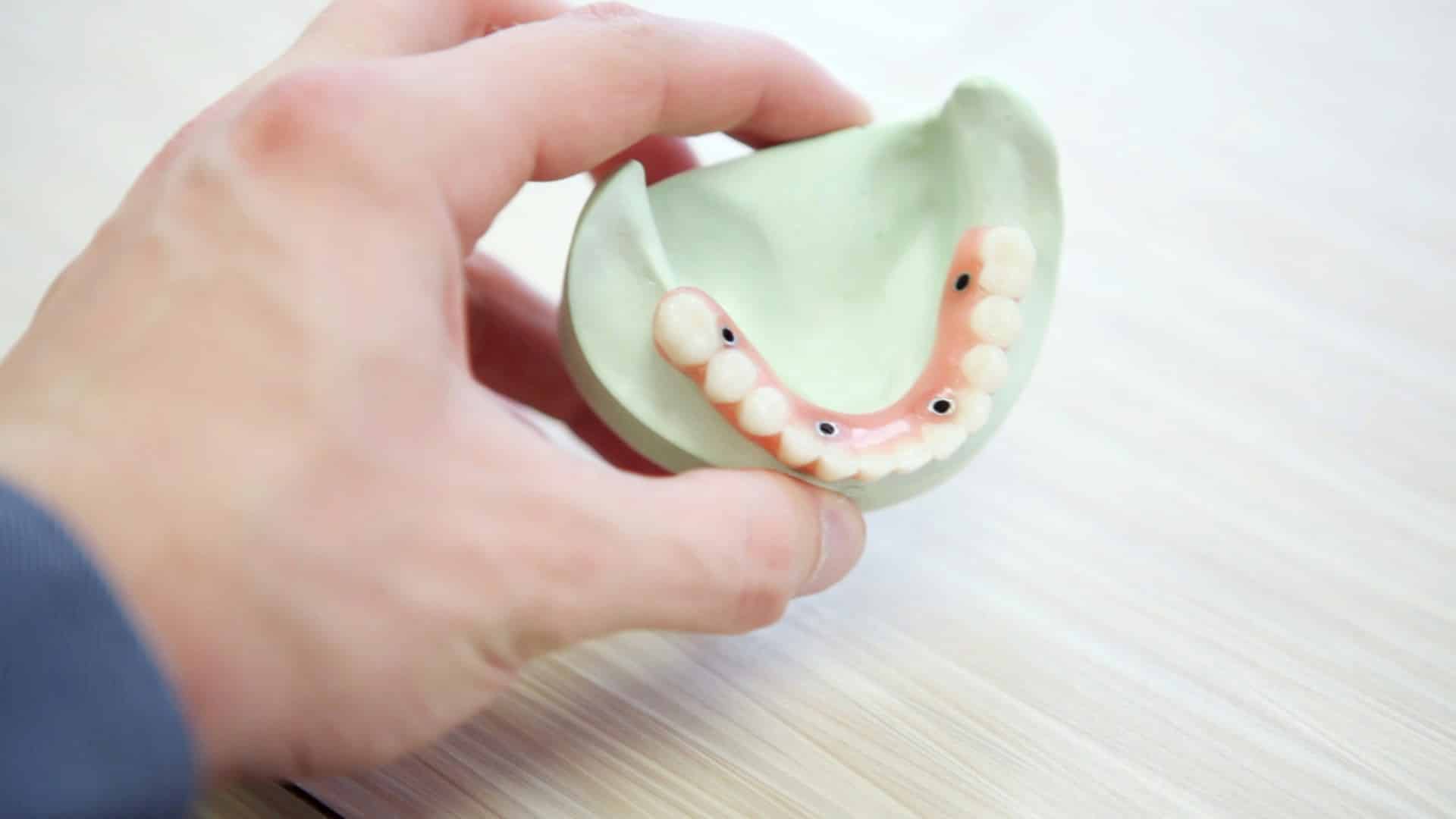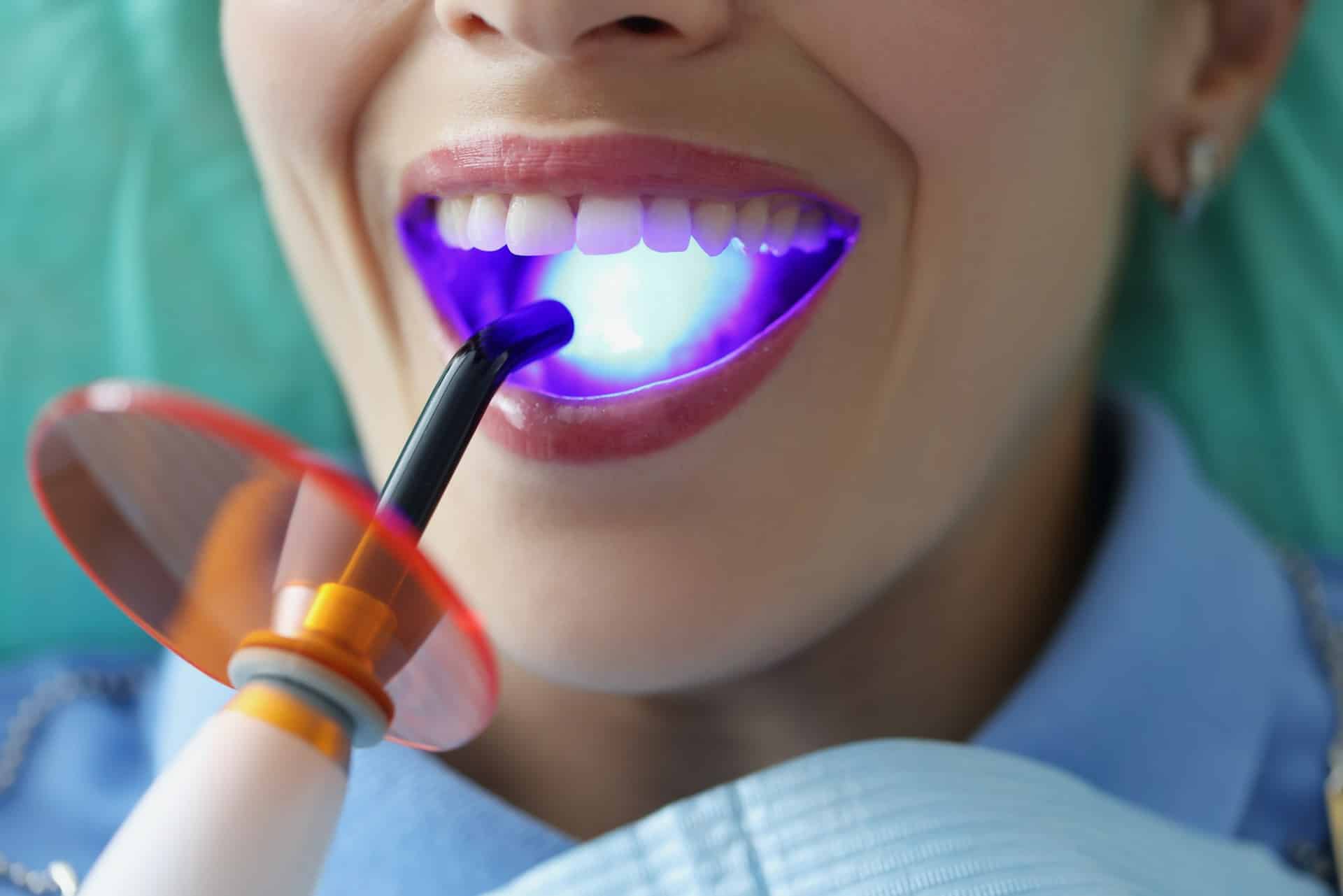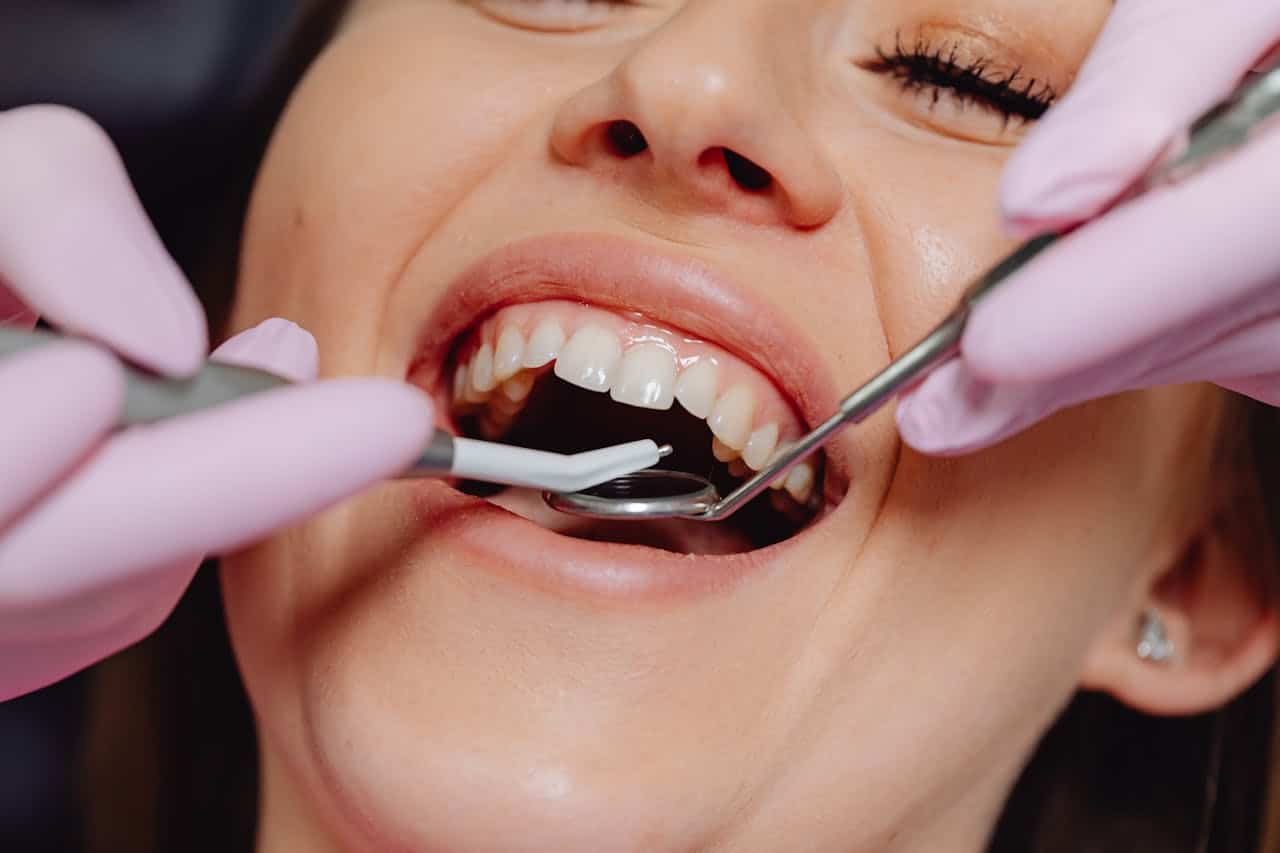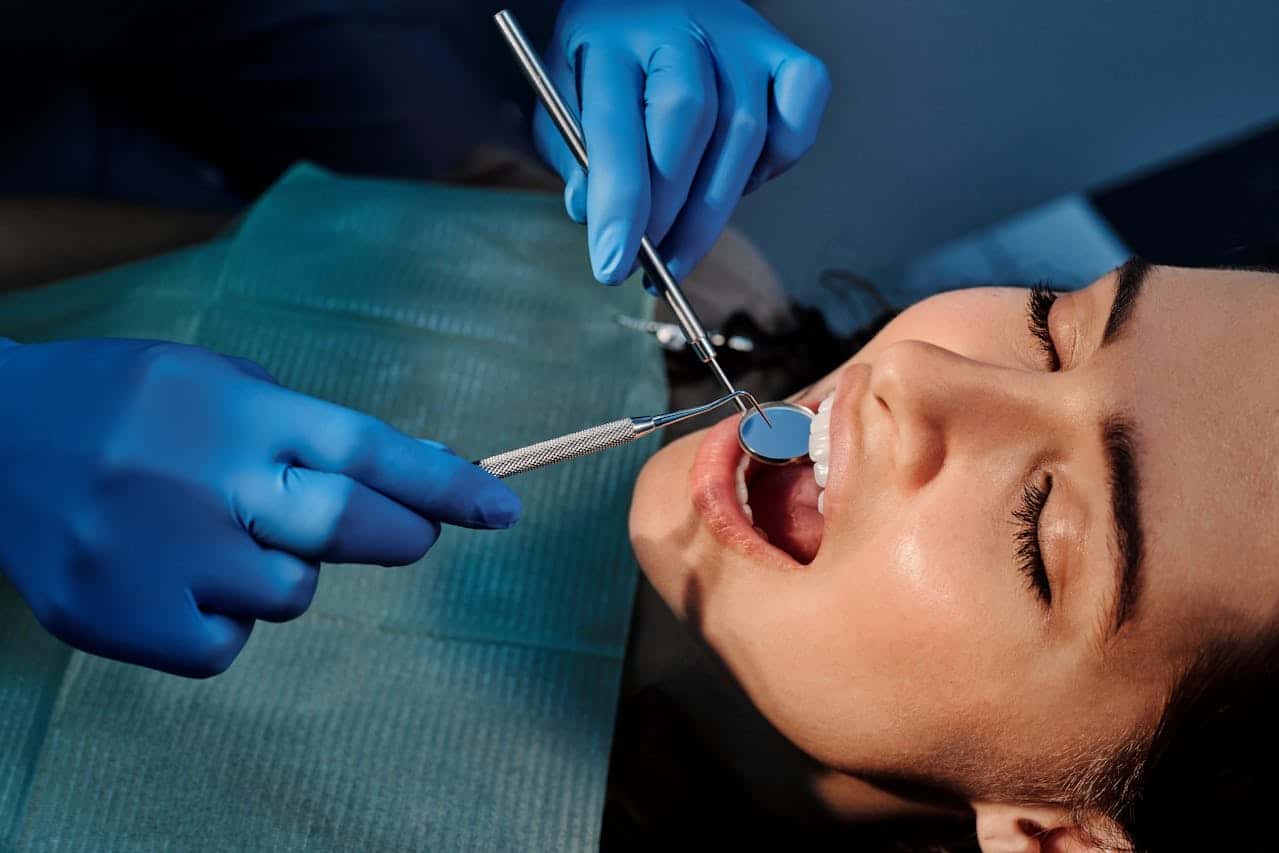Dental crowns are a staple in many dental treatments, offering a reliable solution for a variety of dental issues. These caps are placed over a tooth to restore its shape, size, strength, and appearance. Crowns are particularly useful when teeth are damaged or weakened, providing them with the support they need to function properly.
Many people come across situations where they might need a dental crown. Whether it’s due to a cracked tooth, severe decay, or after completing a root canal, crowns help protect and preserve your teeth. Understanding their role and importance in dental care can aid in making informed decisions about your oral health.
With modern advancements, dental crowns have become more efficient and aesthetically pleasing. Not only do they improve the functionality of your teeth, but they also enhance your smile. Getting a dental crown might seem daunting at first, but knowing what to expect can make the process straightforward and stress-free. Learning more about when and why crowns are needed can guide you towards better dental health.
Understanding Dental Crowns
A dental crown is a cover placed over a tooth to restore its shape, size, and strength. It’s often used when a tooth is damaged but not severely enough to need extraction. Crowns can be made from various materials, including porcelain, metal, resin, or a combination, to suit different needs and preferences. Each material offers unique benefits like durability, cost-effectiveness, or a natural look.
Dental crowns work by encasing the visible portion of the tooth above the gum line. This protects the tooth from further damage and decay. A crown also restores the tooth’s functionality, making it easier to chew or speak properly. Dentists ensure that the crown fits comfortably by taking an impression of your tooth, which helps in creating a custom design that matches the size and shape of your natural teeth.
Crowns provide support not only for individual teeth but also for dental bridges. They anchor bridges in place, offering a solution for missing teeth. Additionally, crowns are used after root canal treatments to strengthen treated teeth. As versatile tools in dentistry, crowns play an essential role in enhancing both the function and appearance of your teeth.
Situations That Require Dental Crowns
Dental crowns come into play for several reasons where they help preserve a tooth’s health and function. One common scenario is a tooth that has been significantly weakened by decay or a large filling. In such cases, a crown strengthens and stabilizes the tooth, preventing further deterioration.
Some situations where dental crowns become necessary include:
– A cracked or chipped tooth needing protection to avoid worsening.
– Teeth that are severely worn down, often due to grinding.
– Following root canal treatment, where the tooth structure may be compromised.
– Teeth with large fillings that compromise the tooth’s integrity.
– Enhancing the appearance of discoloured or misshapen teeth for cosmetic reasons.
Crowns solve several dental problems, ensuring your oral health remains intact. They help you maintain regular activities like chewing without discomfort and can improve the overall look of your teeth. Knowing when and why a crown is necessary empowers you to make informed decisions about your dental care. Understanding these situations helps prepare you for discussions with your dentist about the best treatment options for your needs.
Benefits of Dental Crowns
Dental crowns offer several advantages that make them an appealing choice for those looking to protect or enhance their teeth. One of the primary benefits is their ability to provide excellent durability and strength. Crowns are designed to withstand normal chewing forces, thereby restoring full function to your mouth. This means you can enjoy your favourite foods without fear of damaging your tooth.
Cosmetically, dental crowns can significantly improve the look of your smile. They can cover discoloured or misshapen teeth, offering a uniform appearance. Since crowns can be made to match the colour of your natural teeth, they blend seamlessly, enhancing your confidence and smile. Additionally, crowns can help with alignment or spacing issues, making them a versatile solution for cosmetic improvements.
In the long term, crowns can have a positive impact on oral health. They protect the underlying tooth from further decay or damage, reducing the need for more extensive dental work in the future. By maintaining tooth structure and function, crowns help preserve the overall health of your mouth. This preventive measure can lead to fewer dental visits and less invasive treatments down the line.
The Dental Crown Procedure
Getting a dental crown involves several straightforward steps, ensuring that the results are effective and customized to your needs. The entire process usually takes a couple of visits to the dentist.
– Initial Examination and Preparation: During the first visit, the dentist examines the tooth needing a crown. They’ll prepare the tooth by removing any decay and reshaping it to fit the crown. An impression of the tooth is then taken to create a custom crown.
– Temporary Crown Placement: While waiting for the permanent crown to be made, a temporary crown is placed to protect the tooth.
– Permanent Crown Fitting: On your second visit, the dentist removes the temporary crown and fits the permanent one. They check the fit and bite, making adjustments if needed before cementing it in place.
During and after the treatment, slight sensitivity may occur, but discomfort is minimal. Following the dentist’s care instructions helps ensure quick recovery and long-lasting results. Understanding each step can make the procedure seem less daunting and allow you to focus on the benefits that crowns provide.
Conclusion
Dental crowns play a vital role in modern dentistry, offering both functional and aesthetic benefits. By understanding their purpose and how they are used, you can make informed decisions about your dental care. Crowns help solve many dental problems, from strengthening weak teeth to enhancing your smile’s appearance. They serve as a preventive measure, ensuring the long-term health and stability of your mouth.
At Pickering Dental Services, we offer expert guidance and solutions to help you achieve optimal oral health. If you’ve been considering a dental crown or have questions about the process, let our team assist you in finding the perfect fit for your needs. Schedule a consultation with us to explore how our dental services can enhance your smile and improve your dental health.










